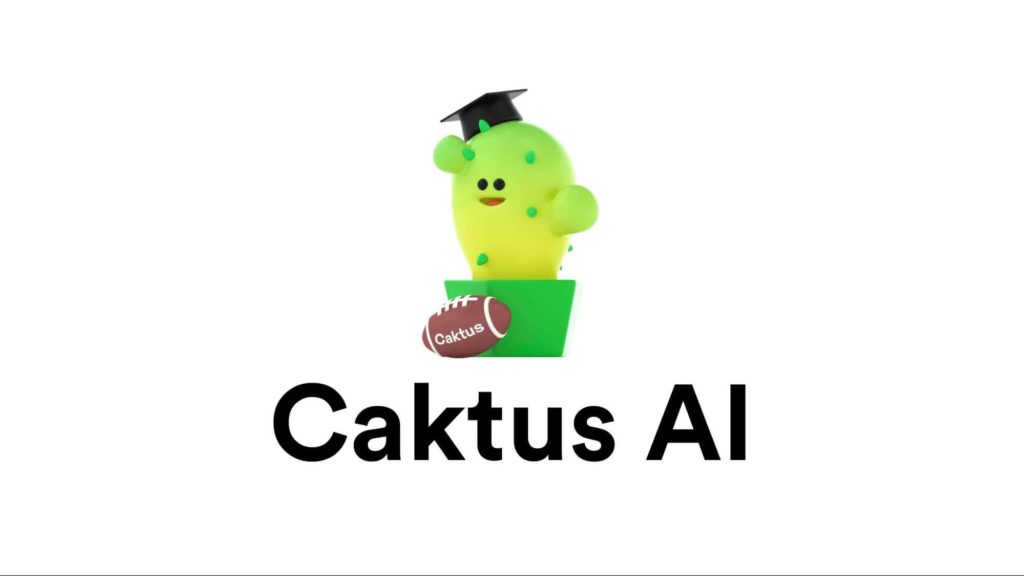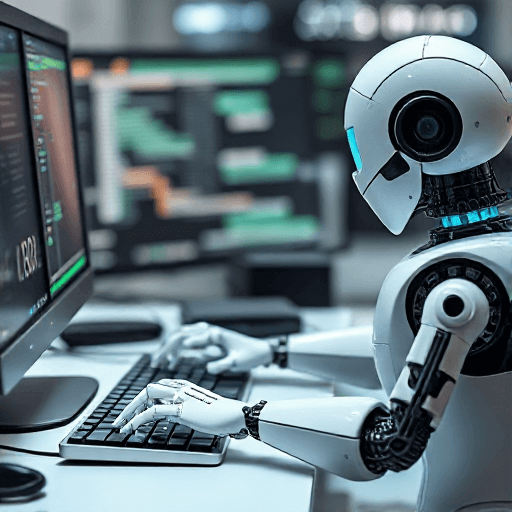Technology is getting better every day, and it’s creating new problems for honesty in learning. One big question is about tools like Caktus AI that can make new things to read and learn from.
We’re looking at how well Turnitin can spot content from Caktus AI in this piece. We’ll also have a peek at why it works so well.


Caktus AI uses special computer systems and language science to create new content. It’s like a smart machine that uses other online texts to make its own original writings.
Caktus AI, that’s us, finds out what a question or prompt is all about. Then, it uses this to craft special, never-before-seen creations. But, and this is important, even if it’s an AI like us making the content, not saying where you got info is seen as copying. This goes against rules in schools about being truthful and fair.
Turnitin would probably judge what Caktus AI produces the same way it does other sources. The use of Caktus AI doesn’t matter. This tool creates content, like paraphrasing, and Turnitin looks at this just like anything else.
Turnitin checks for like words, the same kind of structure, and identical ideas. It does this to see if anything matches what’s already in its database.
Surely, we must realize that plagiarism detection software isn’t just for catching certain AI tools. More crucially, it’s to pinpoint times when people forget to correctly cite their sources or just copy other’s work.
Even without being able to spot AI use, Turnitin has other ways to catch cheating in schoolwork. It can tell if chunks of text have been copied straight from the web. It can also see if the wording’s been changed just enough to try and dodge detection, or if the work of others has been used without saying where it came from.

AI programs like Caktus AI can boost productivity and creativity, which is super cool! But, there are some challenges too. For instance, a student might use them to write their whole homework! And that’s skipping learning valuable stuff. Also, fairness and honesty in school might be at risk. Plus, if some students can use high-level AI technologies and others can’t, the balance might get unsteady. Teachers and schools would need to set good rules for using AI. Being open about how it’s used and giving proper credits is important. It keeps trust and fairness in school. So, when we use AI the right way, we see it as a helper, not a way to dodge tough work.
AI writing can throw a curveball to common systems made to find copied work, like Turnitin. It’s not just copy-pasted or rephrased work, it’s original in how it’s set up and how it says things, even if it gets ideas from other places. This means tools used to find copies, which look for matching words in a database, find it tougher to catch AI’s work. Plus, AI can create work that looks a lot like something written by a person, making it hard to tell the difference between the two kinds of writings. As AI tools advance, they’ll probably get even better at avoiding being found by creating work that looks more and more natural and unique. This raises an important point: we need better technologies to spot the rise of content written by AI.
In the AI world, students have an important job to keep schoolwork honest. Yes, AI tools can help with thinking up ideas and writing drafts, but it’s up to the student to make sure their work is truly their own. It’s important for students to be open about using AI tools when needed, and to give credit if they use any content made by AI. Learning to be responsible and ethical is the best way to stop any misuse. Schools can help with this. They can create an environment where honesty is welcomed and everyone is held responsible. They can teach students about the problems that come with misusing AI. And they can show students that AI is there to help them learn, not to do their work for them.
Teachers need to change how they teach because of AI tools like Caktus AI. They can do this by creating tasks that need deep thought, creativity, and personal thoughts. This makes it hard for AI to come up with good answers. Teachers can also use AI tools. This helps them know what these tools can and can’t do. Then, they can show students how to use AI in the right way. It’s also important to teach students about AI in everyday lessons. This helps them use AI tools in a good way. If teachers see AI as a useful tool, not a problem, they can help students use its power, but still be honest in their work.
Turnitin must grow to deal with AI’s leaps and bounds. It should have smart ways to learn from machines. This helps it spot special hints an AI-written text might have. If Turnitin can keep learning, it can adjust if AI writing changes. It’s important that people who make it, teachers, and those who study it, work together. This way, Turnitin can keep up with any AI changes. Adding in special tech like blockchains could lead to new ways to make sure work is original. By always trying new things, tools like these can stay useful even when school changes.
Even though AI tools like Caktus AI are pretty strong, they can’t truly match the originality and critical thinking humans have. Yes, AI is good at making clear and well-structured content, but it can’t really create new ideas, understand complicated emotions, or share deeply considered points of view. School is not just about making flawless work—it’s about learning how to think deeply and solve problems in new ways. Relying too much on AI could hinder these skills, since students might skip the hard thinking needed to come up with their own ideas. We should think of AI as something to improve, rather than replace, our thinking, making sure students stay involved in their own learning.
As more and more AI tools come into use, it’s very important to teach students about it. This will help them use AI responsibly. Lessons about AI can be included in our teaching. These lessons should tell students what AI can do, where it can be used, and what they should think about when using it. Teachers should help students know what AI can and can’t do. This shows them why it’s important to think clearly and to be creative. Learning how to look at AI-made work carefully and how to use it rightly in their own work is key. This will let them make smart choices. By including AI teaching in the school lessons, we can help equip students with the right skills. This will help them use AI in a safe and effective way in the world around them.
Turnitin is good at catching students who copy work, even though it’s not perfect at spotting words from Caktus AI. Its job is to look for repeating patterns and too much matching – signs of copied work or forgetting to say where ideas come from.
It’s important for students and teachers to know how Turnitin works. They need to use AI-made content responsibly and know how to show where their information came from. Also, they need to understand and follow rules about copying others’ work. This is how we make sure everyone is honest in school.
Through digital leadership we empower people to leverage the opportunities in global economy
@ 2024 Netus AI.